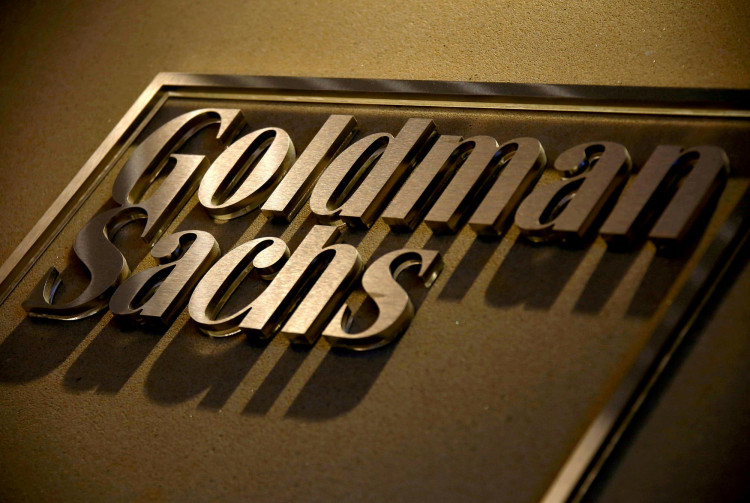Goldman Sachs CEO David Solomon is facing new challenges as a wave of resignations hit the management of the bank's shining star of the second quarter-its asset management business.
On July 28, media reports cited insiders saying that Julian Salisbury, chief investment officer of Goldman Sachs Asset Management, and Takashi Murata, co-head of the private investment business in the Asia-Pacific region, are both set to depart. Other personnel within the division may also resign.
An internal Goldman Sachs memo from early last year showed that the asset management business had 11 partners. If the recent news holds true, Salisbury's departure would mean an increase to six departures from the 11-person list of last year.
Media reports suggest that some executives resigned due to unease over recent changes in the asset management business, while others left after missing out on promotion opportunities or being demoted. Solomon has been attempting major reforms throughout Goldman Sachs and particularly in the asset management business. After exiting the consumer loan business, he has largely pinned personal and corporate success on the asset management sector.
The successive departures of executives from the asset management business undoubtedly cast doubt on whether Solomon can achieve his reform goals. Media reports state that members of Goldman Sachs' management committee have started to worry about whether the asset management team can execute the company's strategy.
Goldman Sachs' earnings report released last week showed that the company's revenue for the second quarter of this year was higher than expected. Although investment banking and the traditionally strong FICC businesses both continued to slide, dragging down overall revenue, the asset management business stood out. The assets under management in this division amounted to $271 million for the quarter.
Solomon released a statement regarding the earnings report, saying that the results reflect the progress Goldman Sachs is making toward its strategic objectives. He specifically noted that the asset management division set new highs in terms of regulated assets' total value, management fees and other expenses, as well as net income from private banking and loans. He expressed complete confidence in achieving full-cycle return targets through continued execution of the strategy.
However, the bright spots of the asset management business can't obscure the failure of Goldman Sachs' consumer business.
Goldman Sachs' earnings report revealed that profits have been hit hard due to the ongoing sale of parts of the loan portfolio in the consumer banking department, Marcus. Goldman Sachs recorded a goodwill impairment related to the consumer platform division of $504 million. Goldman Sachs is exiting the credit card business and selling home improvement loan company GreenSky, reducing consumer business to its original product: Marcus savings accounts.
In January, Goldman Sachs revealed that between early 2020 and September of the previous year, its fintech and consumer finance business, within the platform solutions department, had a total pre-tax loss of more than $3 billion. Losses were slightly more than $1 billion for all of 2021 and $1.2 billion for the first nine months of the previous year. This marked the first time Goldman Sachs has revealed the costly price it has paid in its foray into retail banking.
A month ago, media reported that Goldman Sachs was considering ending collaborations with Apple, including credit cards. Wall Street then pointed out that after discussions of transferring out its general motors credit card partnership, stopping personal loan issuance, and selling GreenSky-which was just acquired last year for $2.24 billion-Goldman Sachs' series of exits indicate a possible end to its consumer loan business, marking a failed ambition for Solomon to transform Goldman Sachs into a full-service bank.






